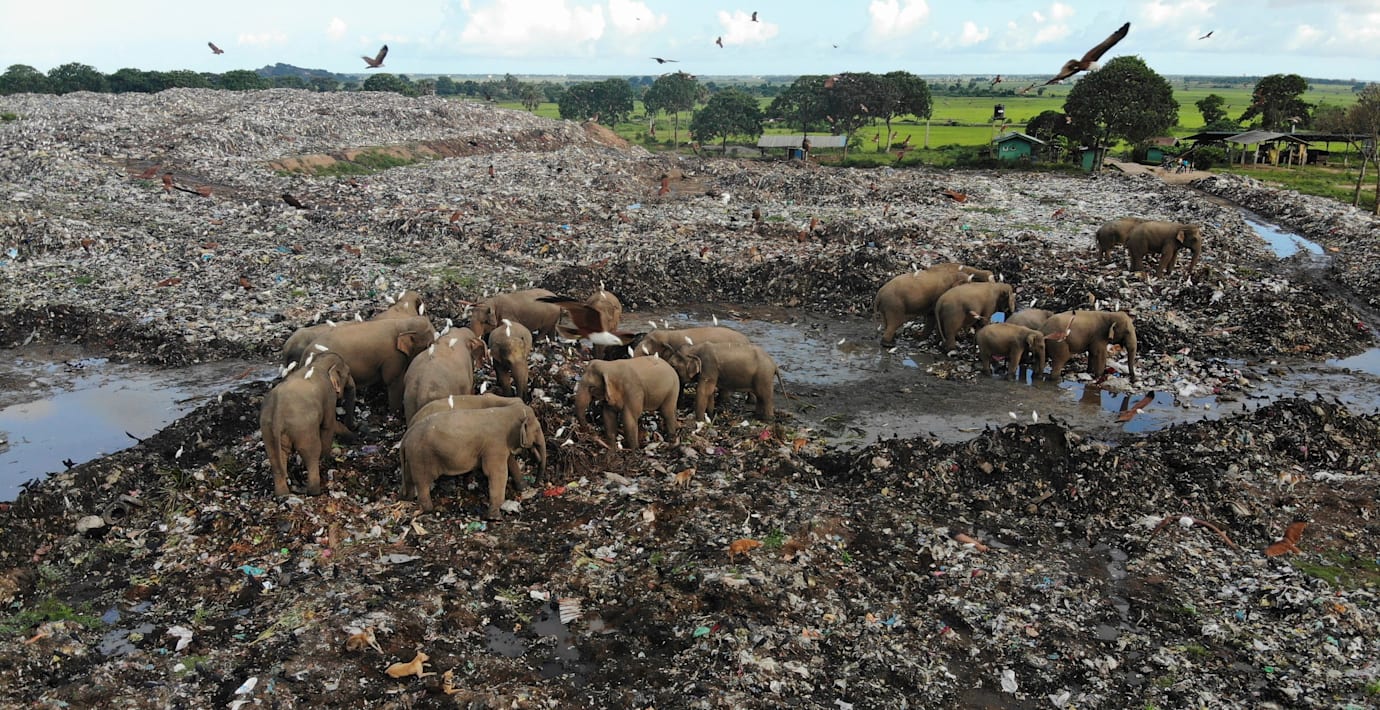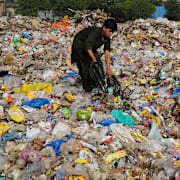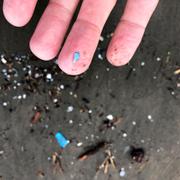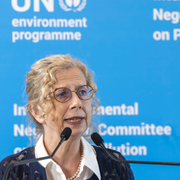
Stängsel runt soptipp slogs ut 2014 – ersattes inte
Det elektriska stängsel som omgärdar den stora soptippen i Pallakkadu där två elefanter hittades döda förra helgen slogs ut redan 2014, skriver AP. Blixten slog ner i stängslet som aldrig ersattes.
Sedan dess har elefanter kunnat gå in obehindrat på soptippen och vandra runt bland soporna. Under de senaste åtta åren har 20 elefanter dött efter att ha ätit plast.
Lokalpolitikern Keerthi Ranasinghe efterlyser åtgärder för att se till att elefanter och människor kan samexistera i byn.
– Vilda elefanter kan vara en resurs, säger han.
bakgrund
Lankesisk elefant
Wikipedia (en)
The Sri Lankan elephant (Elephas maximus maximus) is one of three recognised subspecies of the Asian elephant, and native to Sri Lanka. Since 1986, Elephas maximus has been listed as endangered by IUCN as the population has declined by at least 50% over the last three generations, estimated to be 60–75 years. The species is primarily threatened by habitat loss, degradation and fragmentation.Elephas maximus maximus is the type subspecies of the Asian elephant, first described by Carl Linnaeus under the binominal Elephas maximus in 1758.The Sri Lankan elephant population is now largely restricted to the dry zone in the north, east and southeast of Sri Lanka. Elephants are present in Udawalawe National Park, Yala National Park, Lunugamvehera National Park, Wilpattu National Park and Minneriya National Park but also live outside protected areas. It is estimated that Sri Lanka has the highest density of elephants in Asia. Human-elephant conflict is increasing due to conversion of elephant habitat to settlements and permanent cultivation.
Omni är politiskt obundna och oberoende. Vi strävar efter att ge fler perspektiv på nyheterna. Har du frågor eller synpunkter kring vår rapportering? Kontakta redaktionen



